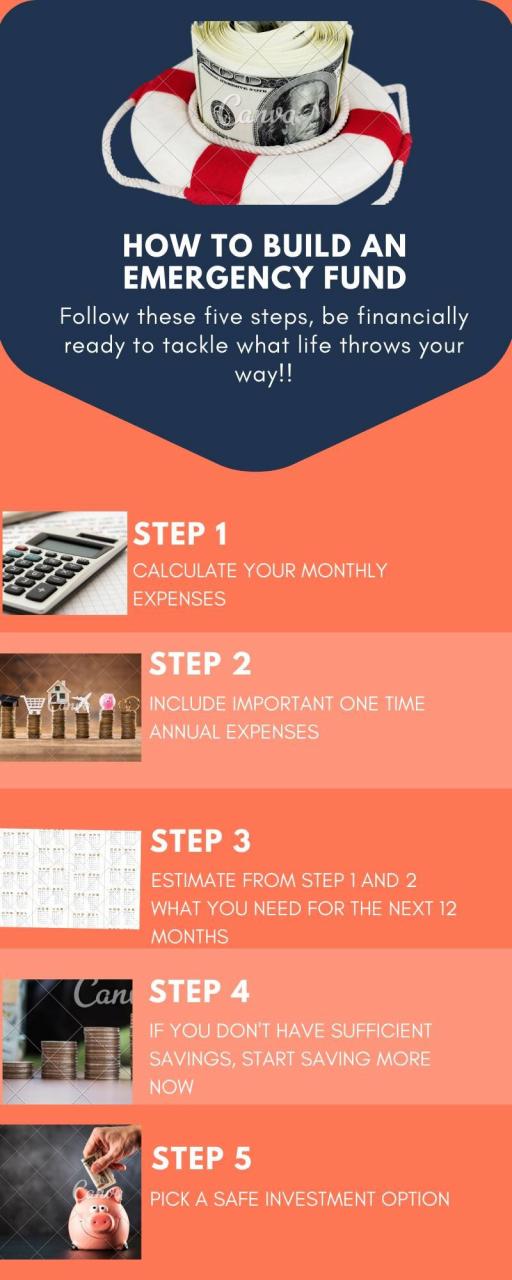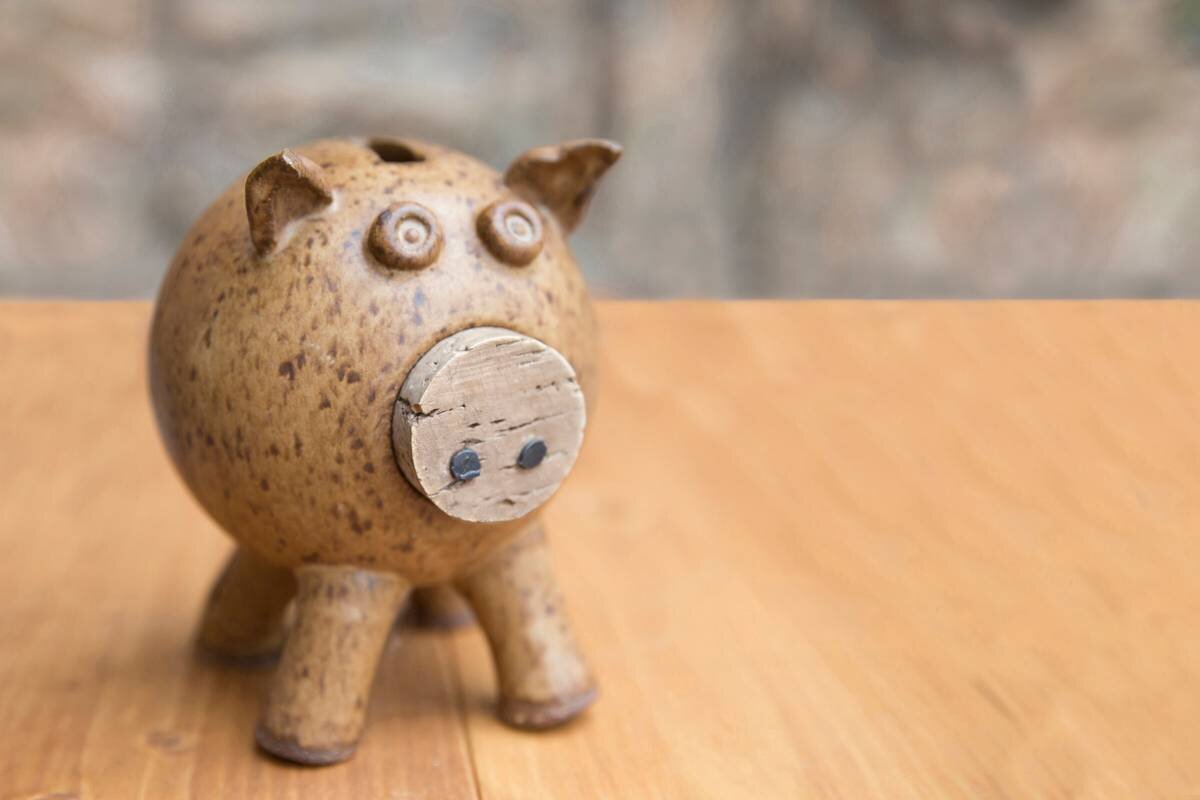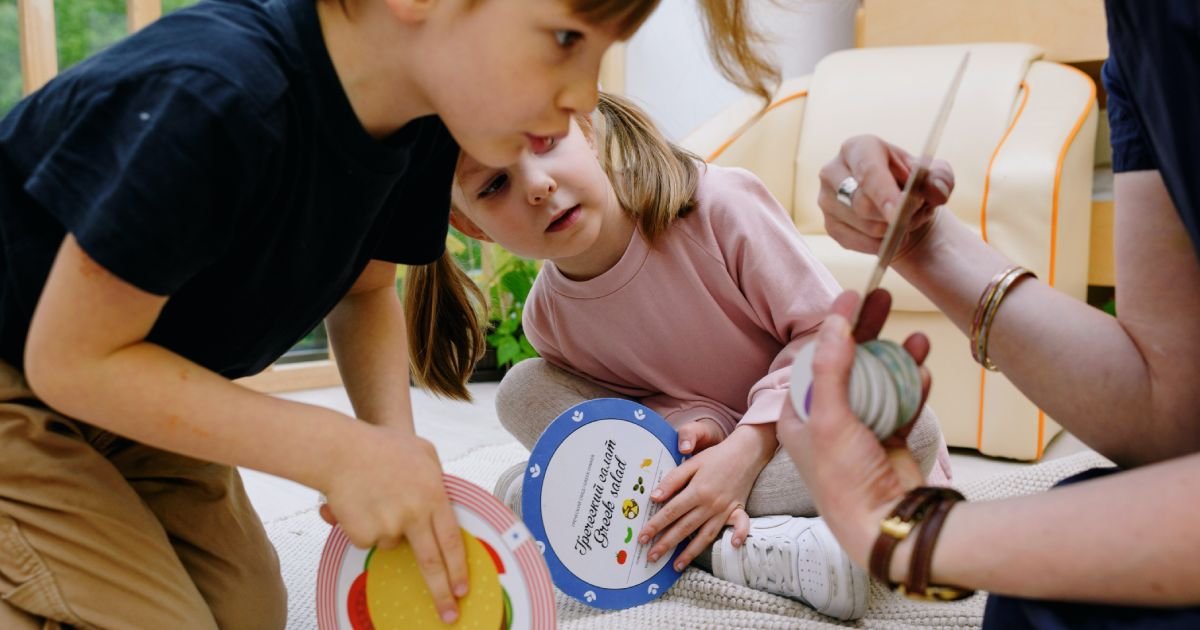The collateral impact of the COVID19 pandemic on our economy and capital markets has been an eye-opener for many of us. Suddenly jobs are at stake, pay cuts are a reality and all this while investment portfolio returns have crashed.
The prudent thing to do in financial planning is to always maintain an emergency fund that can help you tide over such periods of uncertainty. If you didn’t have one so far, then start thinking about building an emergency fund which can help you with cash flow management in times of crisis.
Don’t know what to do or how to go about it?
Here is a quick guide to building that emergency fund. Keep reading further to know the details.

5 steps to create an emergency fund
-
Calculate all your monthly expenses. Include expenses like rent or EMI, groceries, school fees, utilities, salary to household help and so on. Don’t include the frills like eating out, movies, shopping and so on. Don’t forget to include your loan repayments and your regular monthly investments.
-
Next, include any other important annual expenses. Expenses can come up through the year like insurance premiums – life, health and motor, annual health check-ups and even bonuses to house help.
-
On the basis of the above, estimate how much you will need for the entirety of next year. This is the value of your emergency fund. Now, look at your savings and investments to see if you have that amount available. If not then check if you have at least six months’ worth of emergency funds.
-
If you are falling short, start saving more and redirect your regular monthly investments towards this purpose until you achieve the required corpus.
-
Look for a safe investment option. For some of us, this can be bank fixed deposits and for some, you can choose liquid funds or overnight funds from the mutual fund basket. Invest the corpus and sit back.
This is now available in unforeseen emergencies when income from salaries or other sources seems uncertain. You can even access this for medical emergencies or expenses that you couldn’t have visualised. If you do the latter, then replenish the emergency fund by the amount you withdrew.
Having financial security in the form of an emergency fund in times like today makes it easier for us to deal with the external uncertainties. It helps with peace of mind to deal with the circumstances and to make rational decisions about actions going forward.







0 Comments